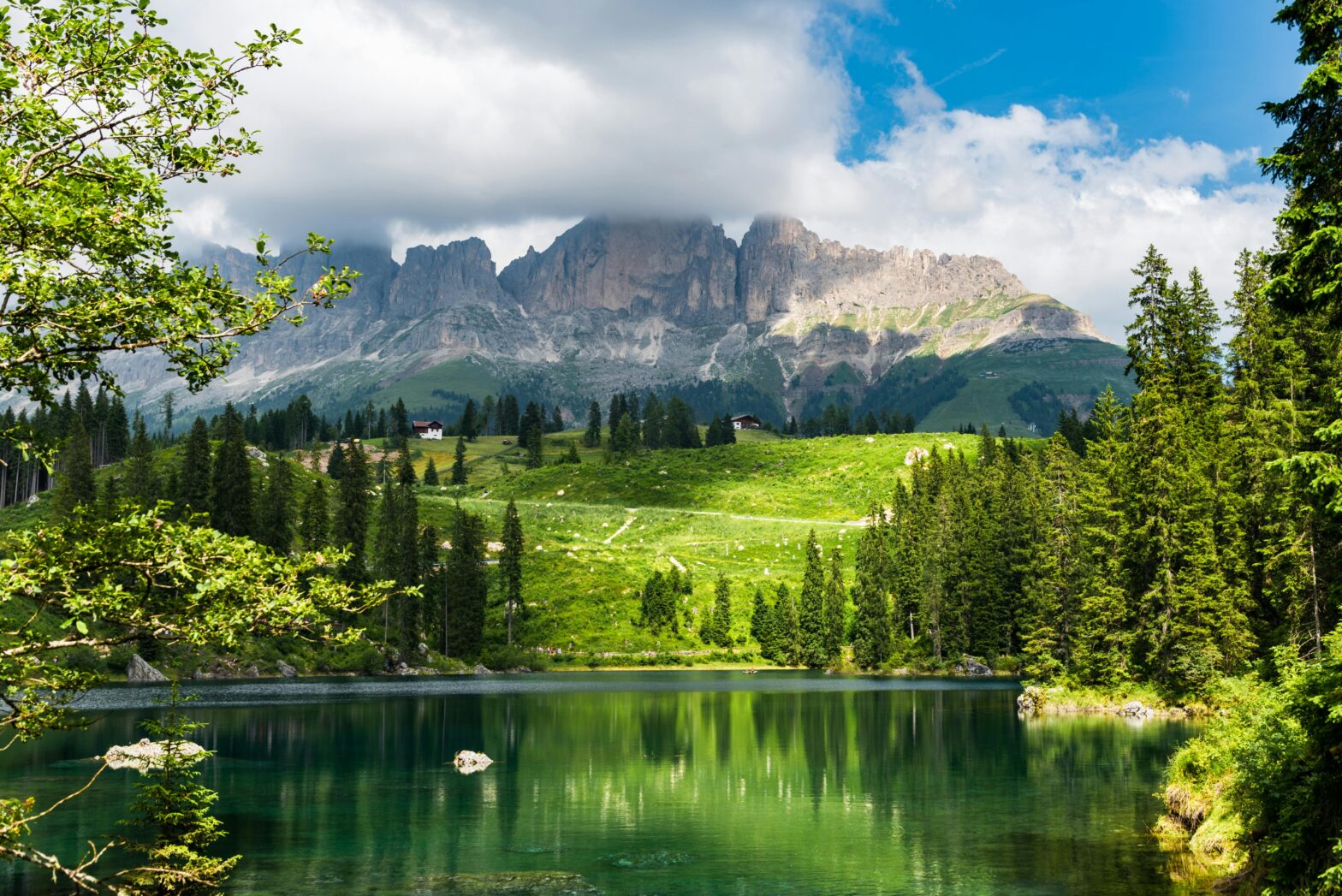With 2024 considered to be the warmest year on record, many holidaymakers are thinking hard about where to spend their summer holidays this year and next. In southern Europe, heatwaves seem to occur with greater frequency, along with the risk of wildfires. And heavy rain is less tied to the winter. Enter “coolcations” — a growing trend for summer holidays in cooler climates, where temperatures are milder.
What are Coolcations?
A coolcation is not just a retreat from the heat. It’s an opportunity to explore less-travelled destinations that combine comfortable weather with cultural, natural, and adventure-based attractions.
This does not mean we should abandon the Med. Far from it – the allure of sunshine, beautiful landscapes and delicious food is not so easily dismissed. But more tourists are looking for alternative destinations where they can enjoy a great summer break but be less exposed to the risk of heatwaves. These are destinations where landscapes are diverse, and experiences are quite different to life on a sun lounger or sundowners by the reliable Mediterranean.
Why Choose a Coolcation?
Avoid the Heat
Southern Europe has experienced record-breaking heatwaves, making high summer beach holidays less appealing in the traditional peak months of July and August. For some, cooler destinations provide a comfortable alternative.
Unique Activities
From kayaks or cruises in Norway’s fjords to exploring volcanic landscapes in Iceland, and from sailing on the Baltic or walking in the Faroes, coolcations offer experiences unavailable in hotter locales.
Healthier Environments
Avoiding extreme temperatures reduces the risk of heat-related health issues, especially for families with young children or elderly travellers.
Coolcations in Europe – the hotspots
The Faroe Islands
With average summer temperatures of 11–13°C (52–55°F), this archipelago offers dramatic cliffs, lush valleys, and picturesque villages. Ideal for nature lovers, the islands are perfect for hiking, birdwatching, and exploring rugged coastlines.
Norway
From Oslo’s vibrant culture to Tromsø’s Northern Lights, Norway combines outdoor adventures with cooler summer weather. Temperatures range from 13–17°C (55–63°F), making activities like kayaking and scenic railway journeys enjoyable.
Iceland
Renowned for its glaciers, geysers, and waterfalls – and with very well developed tourism infrastructure – Iceland is a haven for adventure seekers. With summer temperatures averaging 10–15°C (50–59°F), travellers can enjoy extended daylight hours and unique activities such as lava field hikes and geothermal spa visits.
Finland
Known as the “Land of a Thousand Lakes,” Finland offers serene summer getaways. Temperatures hover around 15–20°C (59–68°F). Visitors can experience traditional saunas, explore vast forests, or take tranquil boat trips on pristine lakes.
Denmark
Denmark’s temperate climate, historic sites, and vibrant coastal towns make it a standout coolcation destination. Copenhagen blends modern amenities with rich history, while beaches along the Jutland peninsula offer quiet retreats and real “big sky” vistas.
Baltic Riviera
Stretching across Latvia, Lithuania, and Estonia, and into Poland, the Baltic Riviera boasts sandy beaches and charming towns with mild summer temperatures. Riga’s art nouveau architecture and Estonia’s medieval old towns add cultural depth to any trip.
Greenland
Flights connect the UK to Nuuk, Greenland’s capital, via Reykjavik, or direct from Copenhagen. This Arctic destination offers pristine wilderness, glacier tours, and opportunities to witness the midnight sun during summer.
Planning Your Coolcation
Adjust Expectations
Coolcations differ from typical Mediterranean holidays. While beaches in the Baltic Riviera and the rocky islets of the Swedish coasts can offer sunny escapes, most coolcation destinations focus on outdoor activities, cultural exploration, or city breaks rather than lounging by the sea.
Sustainable Travel
As these destinations gain popularity, it’s vital to minimize environmental impact. Opt for eco-certified accommodations and consider low-emission transport options where possible.
Luxury Options
If you’re seeking upscale experiences, there is plenty to choose from, including Svalbard cruises and boutique hotels in Norway’s fjord regions – not to mention some stunning hotels in many northern cities.
Booking Tips
Given the rising demand for coolcation spots, book flights and accommodations early. Consider the benefits of booking a package, rather tahn piecing together the different elements yourself. Destinations like Iceland and Norway, in particular, have limited capacity for peak travel seasons.
Coolcations – activities beyond the heat
As already mentioned, typical coolcations do have a different feel to the traditional holiday in the Mediterranean. And that’s the point. One is not better than the other – they are just different. Importantly there’s as much variety with coolcations as there is when flying south.
For example, city breaks can include exploring Copenhagen’s canals, Reykjavik’s vibrant arts scene, or Oslo’s museums or Stockholm’s archipelago. Outdoor Adventures could be kayaking through fjords or across lakes, hiking volcanic trails, summer skiing in Norway, or enjoying wildlife in the artic. Cultural Immersion experiences might be learning about traditions like Finland’s midsummer festivals or the Gstaad Züglete cattle parade in Switzerland.
The great advantage of coolcations is the extra choice they provide. They’re not for everyone, but for a great number of tourists used to going south they really can be a revelation. Why not give them some thought?
By Declan Morton, writer and editor at Essiell Ltd and Money4Travel.



